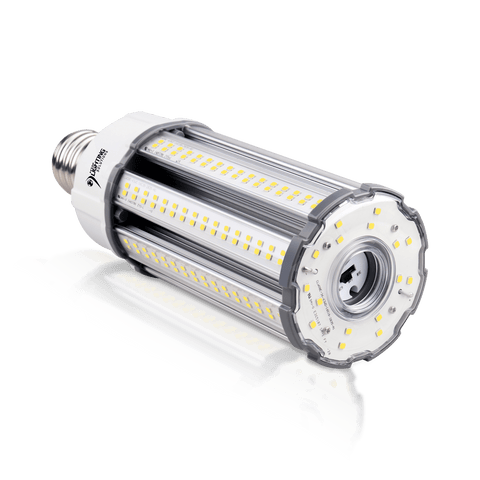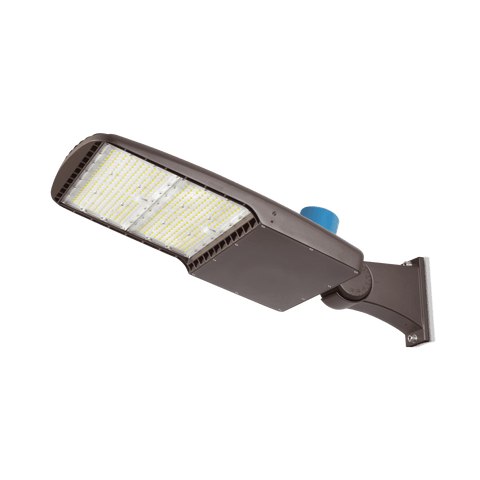LED Retrofit vs Fixture Replacement: Pros and Cons
As more options for LED lighting become available, making the switch to LED has never been easier! For those with existing metal halide fixtures that aren’t quite ready for a full fixture replacement, there are countless LED retrofitting solutions available. When going with either option, you are sure to save on energy and maintenance costs, but when should you replace the fixture and when is a quick retrofit the better option?

LED Retrofitting is simply using an LED bulb or retrofit kit in an existing fixture. Some of the benefits of LED retrofitting include a longer lasting and more efficient bulb when compared to older lighting sources. Installation is usually simple, usually requiring only a ballast bypass, and the existing fixture can still be used. While this is an excellent start for transitioning over to LED, not all retrofitting solutions are compatible for every application. Furthermore, you are limited to the maximum wattage for the existing fixture, and certain functions like dimming may not be available for certain retrofitting options. An example of this would be our LED Corn Lights, which only allow for step-dimming on certain models, but are a low-cost and quick replacement.
By contrast, opting for a full LED fixture replacement requires a higher upfront cost and more extensive fixture replacement and installation, but offer the most flexibility when it comes to additional features and maximizing efficiency. Since these are typically integrated LED fixtures, built-in dimming or other features might be included, but these fixtures cannot be upgraded with newer parts. Our LED Parking Lot Fixtures are a great example of this, as you will save up to 70% of the energy spent on a metal halide bulb, without the additional maintenance and labor costs for bulb replacements every 2-3 years.

Now that we know about each option, how do we determine when it’s best to use these? Well, most easily a new construction will not likely have existing fixtures to work with, but an existing build or remodel might have fixtures that can still be used. For smaller projects, a retrofit might be a quicker and lower cost option, though the eventual maintenance costs will be higher than a full fixture replacement. Local building codes and rebates are also factors to consider, as the higher efficiency and energy savings of a full replacement could offset the upfront cost, making this a viable option.
While there are clear benefits to either option, LED technology will always be more efficient and last much longer than traditional sources of lighting. For help setting up an energy calculator and compare savings plans or for any assistance, please feel free to reach out to us, either by giving us a call at +1 (813) 649-8899 or by emailing us at sales@htm-lighting.com
- Michael Tomas





